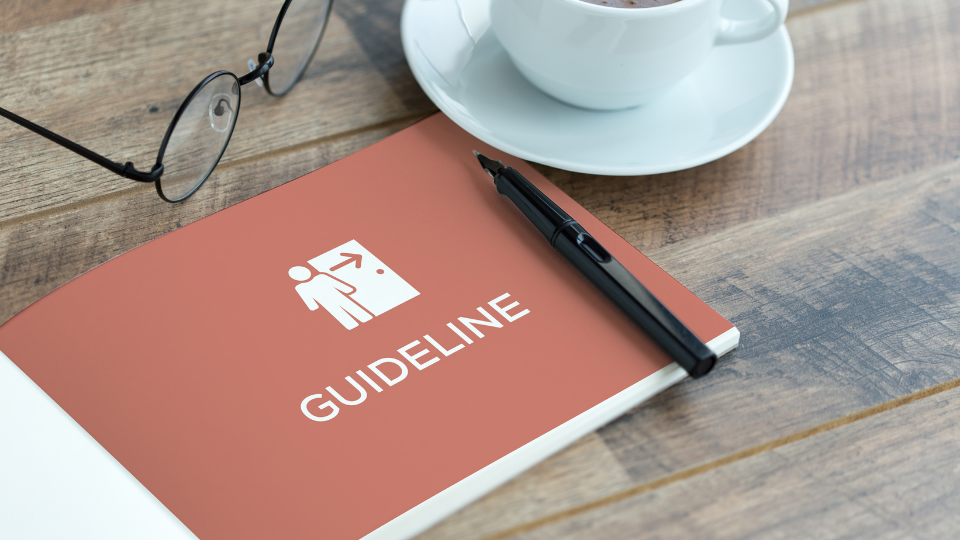It has now been a year since the European Union’s new Medical Device Regulation (MDR) enforcement. It may seem like a long time ago, but there is still work to be done and regulations to understand so you can stay both compliant and ahead.
The regulation, which represents a sweeping change in the way medical devices are monitored in the EU, was released in 2017 and aims to create more transparency and accessibility in the €100 billion med device market. This will ultimately benefit you by giving your end users more trust in and a better understanding of your product.
Namely, it outlines new rules on medical device labeling and the availability of product information. It’s no wonder, then, that language translation plays a big role in the MDR, and these requirements must be understood in order for global companies to stay compliant.
Download our three part webinar series to learn more about MDR and how to stay compliant.

EUDAMED and Language Access
Under the MDR, the European Database on Medical Devices, or EUDAMED, was created to provide the general public and medical device practitioners information on a device’s manufacturer, authorized representative, and field safety corrective actions. The idea behind implementing EUDAMED is to give consumers and medical professionals the information necessary to make informed decisions regarding specific devices.
The Medical Device Coordination Group has released guidance on the nomenclature of EUDAMED, stating that the “availability of names and descriptions in all the official EU languages is recognized as being of high importance.” EUDAMED has been postponed through 2022 due to the current pandemic, but it’s never too early make sure you’re compliant. With 24 EU languages, you’ll need to plan ahead to ensure your time to market is not delayed.
Identification Requirements
The MDR requires each medical device to have a unique device identification (UDI). The UDI will include a device identifier (DI), linked to a manufacturer and device, and a product identifier (PI), that identifies the unit of device production. The UDI information will be included in the EUDAMED database and needs to be “available in all official languages of the Union,” according to the MDR. Instructions for use (IFUs) will also be included in the EUDAMED database and must be produced in necessary languages according to where a device is used and sold.
Annex I of the MDR states that information on a device label and IFUs “should be provided in a human-readable format.” It also states that “the medium, format, content, legibility, and location of the label and instruction for use shall be appropriate to the particular device, its intended purpose and the technical knowledge, experience, education or training of the intended user(s).” These instructions must be provided in an official language of the member state where the device is made available to a user or patient.
Note that submission of UDI data to EUDAMED will not become a mandatory requirement starting in 2022 for medical devices. Make sure you’re planning ahead and thinking through how your UDI should appear on the label or package. Remember that this may appear differently in different languages. Consult your language partner expert for true expertise.
Life Science Language Solutions
At United Language Group we pride ourselves in being industry experts, so you don’t need to take the time to bring us up to speed on regulations, industry-specific guidelines, and the strictest global requirements. We understand scientific language and processes as well as the intricacies of settings in which your translations may be used.
Connect with us today to learn more about ULG's medical device translation services.


